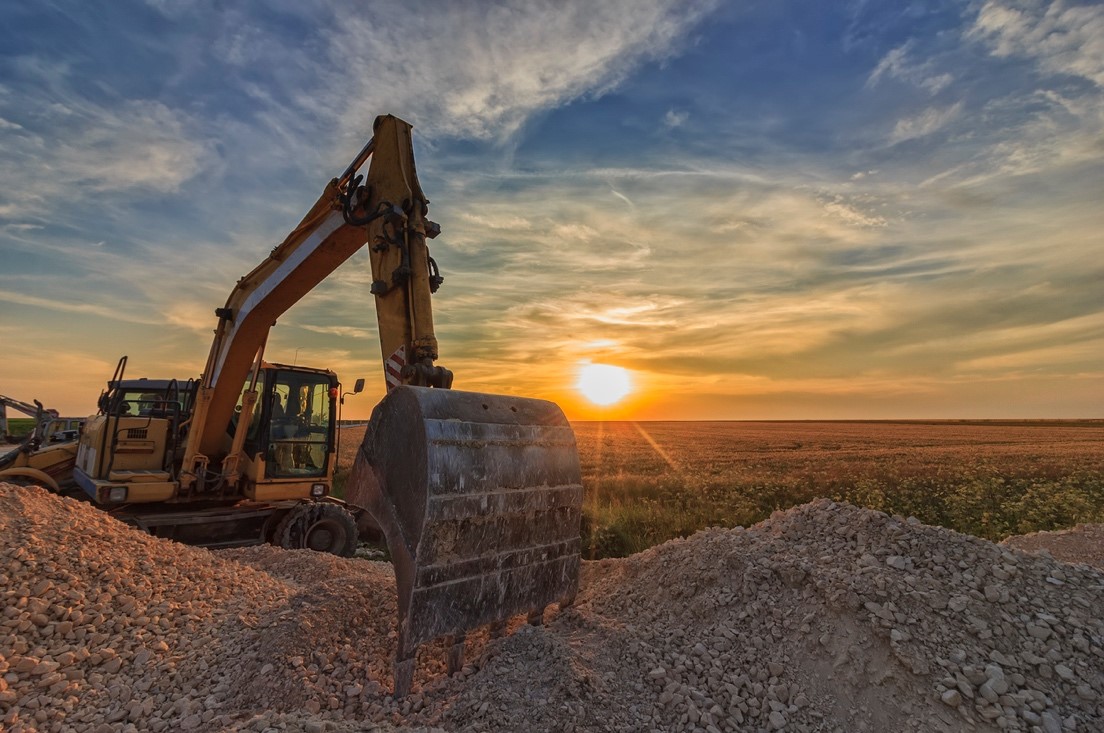
Accurately estimating bids for excavation work is essential for construction bidding and making your business profitable. You’ll need to price your services fairly as well as consider how much dirt is involved. It’s important that the cost of excavation, grading, and dirt work accurately reflects what it will take in terms of time. This helps ensure that there are no issues with pricing and allows you to win bids without going over budget too quickly (while also being profitable). Hopefully at this stage you have already subscribed to a web-based construction bidding software application to help you manage this. Now Let’s fire up the computer and get to work with the following tips!
1 – Setting up a dig site is no easy task. When asked to bid on dirtwork, you’ll need to think about more than just manpower and machinery; you also have to account for the number of cubic yards that will be needed to complete your project successfully. Inspect the site, take measurements, and meet with the person in charge to get an understanding of what they want to achieve in terms of excavation and grading. This will give you an understanding of how much planning the client has done so that you can anticipate any potential changes after you begin work.
2 – Determine costs for machinery and labor. The cost of operating any necessary machinery and paying each worker is the basis for any accurate excavation/grading/dirt work estimate. When estimating the labor, determine how many hours it will take to do the job and multiply that by the average wage of your employees. Exclude yourself in this calculation.
3 – The type of soil at an excavation site can have a significant effect on how quickly work is done and what hazards may arise. For example, if you’re digging through rock-based soils like granite or marble then expect your progress rate to be slower, while in softer ground rocks are likely much smaller.
4 – Note potential conditions that could present a hazard or impediment. These can include underground utilities, overhead wires, or even traffic patterns, all of which can add time to complete the project.
5 – When you’re competing with other companies, it is important to know what they charge. You may be able to find this information by looking up your competitor’s past projects in the area of work being bid on or ordered.
6 – What are the permitting costs for a project like yours? The inspection agency that will be examining your plans can give you an estimate of how much it’ll cost. Don’t factor in any time spent getting these necessary permits unless specifically stated above under “administrative”.
7 – For a bid on excavating work don’t forget to factor in administrative costs as well, such as your site manager, secretary, and other office personnel who may not be directly working on this specific project. While they may not be solely devoted to the work you’re bidding on, the cost of keeping the business as a whole operating is important to consider
8 – Contingency charges are a great way to protect against unexpected expenses. For example, you may need special equipment or materials that aren’t always available at an affordable price. This could lead to higher costs if those items aren’t readily available and could increase the time and money it takes to complete the task.
9 – Your time and expertise should be factored into the equation when projecting costs. Include a reasonable profit so that you can account for your investment in this project, too!
10 – Once you have estimated your costs and profit, adding 10% gives you your estimate. If the figure seems too high, go back over each of the previous areas of the estimate and see if you can trim some costs. It may be that you can find better pricing on equipment or trim some labor without impacting your profit. If the job you’re bidding on could lead to more work in the future, it may be worth considering reducing profit if it ensures more jobs down the line.
11- Compile your estimate, along with all of the project’s details such as expected time, equipment, and materials needed, and a breakdown of all necessary costs, into a written bid. Also include any other items like terms and provisions, expected completion date, warranties you’ll offer, details about subcontractors needed to complete the job, and how long your quoted price is good for. These items may not be the most obvious but are important to include in any bid on grading work or dirtwork in general.
Once you have your final estimate finished, it’s time to submit it to the client. Proper estimation is key to keeping your excavation and grading business running smoothly and making sure that you always have work coming in. By taking the time to estimate each project accurately, you can avoid any surprises down the road and keep your clients happy.
Visit https://www.profitdig.com/blog/ for more helpful tips to keep your business moving forward…with profit!
Related posts:

Categories
- Apps (1)
- Automotive (23)
- Beauty (7)
- Business (117)
- Celebrities (2)
- Digital Marketing (21)
- Ecommerce (1)
- Education (18)
- Entertainment (25)
- Events (6)
- Features (4)
- Fitness (10)
- Food (1)
- Forex & Crypto (15)
- General (105)
- Health (48)
- House (61)
- Lifestyle (48)
- Marketing (8)
- Parenting (3)
- Pets (10)
- Real Estate (7)
- Safety and Security (11)
- Social Media (20)
- Sports (96)
- Technology (67)
- Travel (22)


















